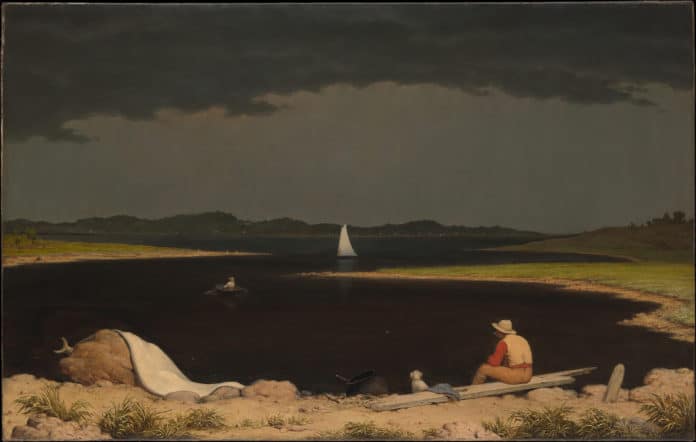
As a plein air painter, you are part of one of the largest art movements in history. Learn about those who have helped start this movement in some way, and be inspired to continue your own journey.
Plein Air Heritage: Martin Johnson Heade
Although he kept a studio in the same building in New York City as several artists of the Hudson River School and became good friends with Frederic Edwin Church (1826-1900) — one of its most celebrated members — Martin Johnson Heade (1819-1904) operated on the fringes of the movement.
His paintings exhibit the same influence of Romanticism, but while his building-mates turned to the wilds for inspiration for their majestic depictions of mountains, valleys, and waterfalls, Heade opted for decidedly more horizontal expanses of subdued scenery — primarily salt marshes and coastal settings, from Massachusetts to New Jersey.
Even when he painted storms, a favorite subject, he preferred the somber buildup to the main event. Here, rather than the tempest itself, it was its prelude — the blackening sky and eerily illuminated landscape — that inspired the artist to capture the scene he witnessed on Rhode Island’s Narragansett Bay in a sketch, which provided the basis for this painting.
And browse more free articles here at OutdoorPainter.com




In the article, Expressive Realism with Rebecca Arguello, the city of Carpinteria is misspelled in her artwork title (see correct spelling here). Thanks for all your inspiring information!
Hello! Yes, I found the article and made that update – great eyes! 🙂 Thank you for catching it and letting us know!